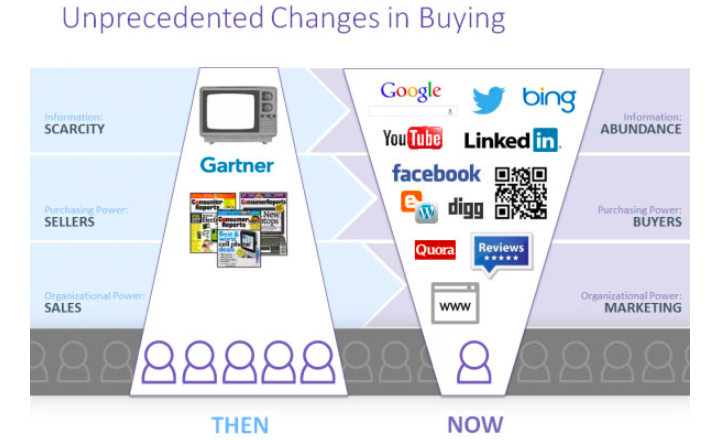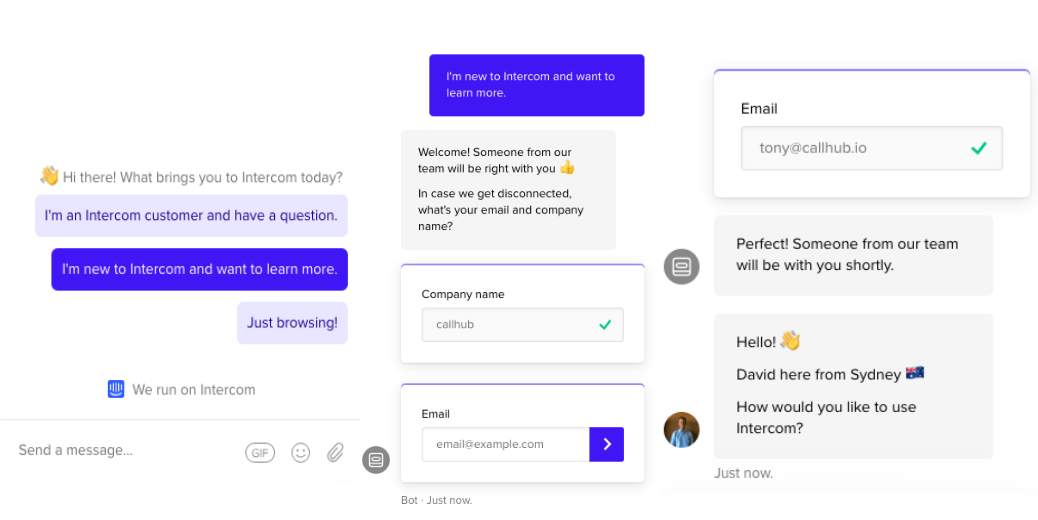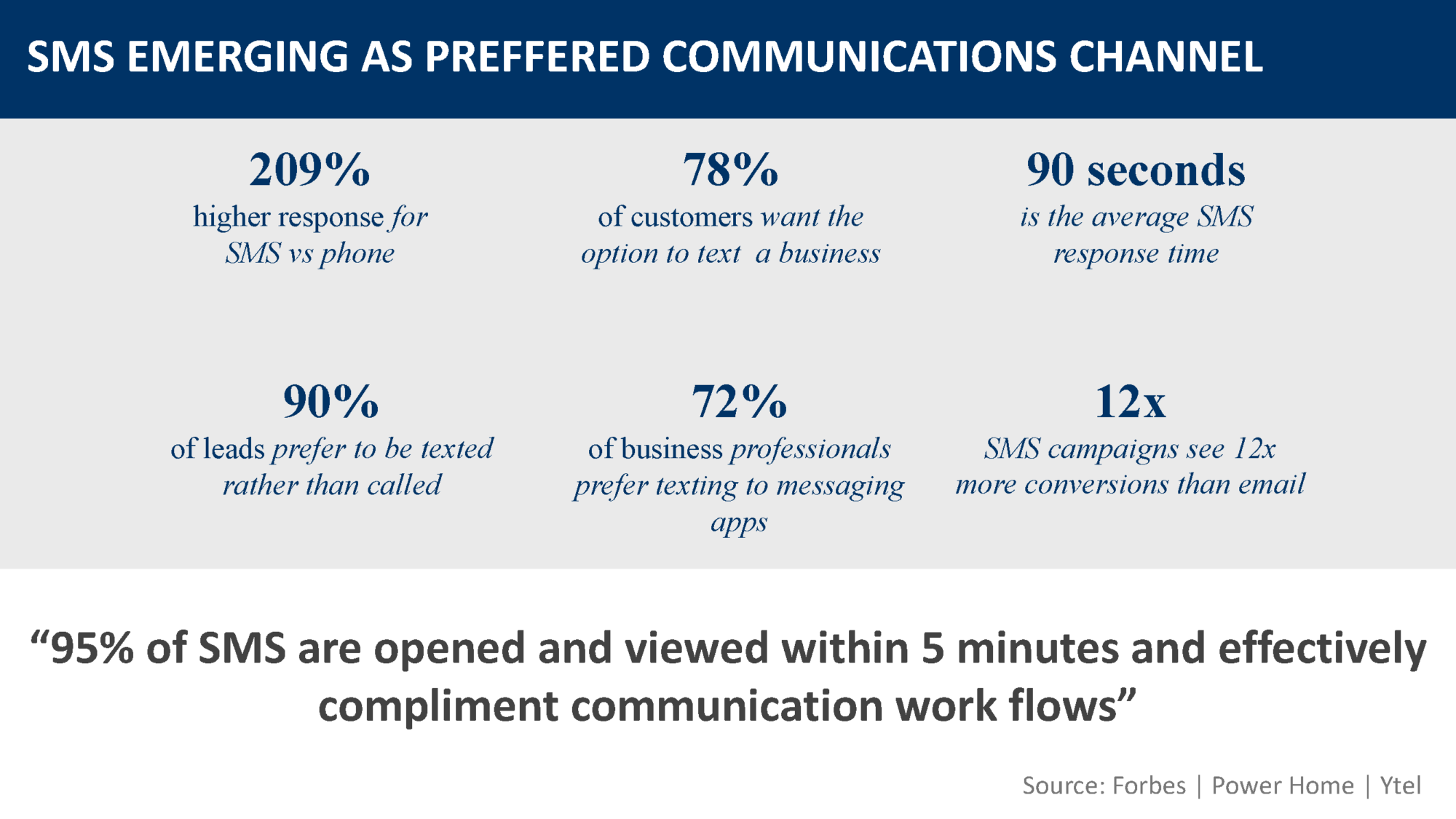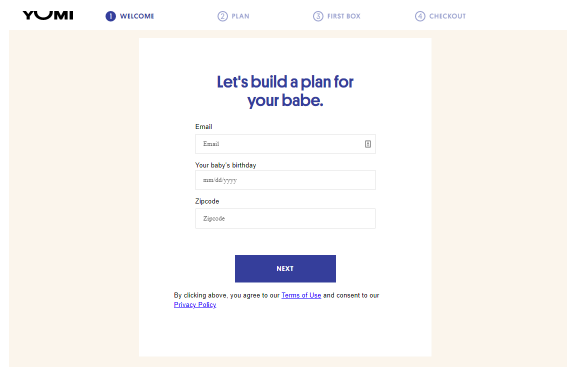Table of Contents
61% of marketers say generating leads is their biggest challenge.

That is, the problem in list building is not getting new leads—it is getting quality leads who are genuinely interested in your organization.
Why is lead quality important?
Despite a large email list, nonprofits found that fundraising from email decreased by 8% in 2019
Unfortunately, this problem is not unique to the nonprofit industry. It is across sectors.
Advocacy organizations find that despite having a large list of ‘members,’ the number of volunteers who turn up for the rally is considerably lower.
For businesses, there is an endless battle between sales and marketing on the lead list and conversions – for the leads that marketing brought in were simply not ‘ready’ to buy!
Please note: in the above scenarios, there are two fundamental problems:
- The quality of the leads on the list is not yet ready. So, they are reluctant to donate, attend a rally, or even buy your product.
- The organization is unaware of this reluctance and pushes for the end conversion (of donating or buying a product). This direct ask fails.
That is why, in this post, we will look at how to build a quality list of prospects for your organization and also see how to encourage them to convert!
Traditional list building is broken!
A typical buyer’s journey is visualized as a funnel. The buyer systematically moves down the funnel based on your organization’s efforts.

Based on this funnel, here’s how, traditionally, list building happens across organizations:
1. Build landing pages for the cause/objective they want to promote
It is not even a landing page. More often than not, organizations that are pressed for resources use a simple (and rather generic) form on their nonprofit website to capture leads.
2. Invest in content and SEO to drive ‘interested traffic’ to that page
As an organization, you know that your interested audience is out there. So, you focus on the keywords that bring you the most traffic to your site!
3. Send repeated emails to leads, asking them for time/money
Once your prospect signs up on your page (or a form), you immediately shoot out an email requesting them to ‘get more involved’
4. Or, reach these leads via phone calls to get them to act
That is, while the lead is still ‘hot,’ you call and see if they can jump on board immediately.
Looking at it objectively, this list-building model follows the sales conversion funnel quite faithfully.
From awareness to engagement (reaching them via emails/calls), the above list-building strategy hits all the right spots.
What is the problem with this approach?
If you followed the same method, then you know that this method does not get you results!
1. Organizations get a lot of ‘bogus’ email ids or low-quality email ids
Landing pages or forms with low-conversion barriers attract junk emails. It also encourages bots to make ‘fake’ signups. Neither of these sign-ups is usable for your organization.
2. Reaching a lot of people who are not ready to commit just yet
Some of the ‘good leads’ who sign up do so because they are curious. They would simply be trying to learn more about your organization or services. So when your sales team calls them, they aren’t ‘sales-ready.’
3. Does not address the change in buyer journey
The fundamental problem with this method is that it assumes a linear prospect journey. Unfortunately, that is not always the case. In fact, buyers spend 83% of their time trying to avoid getting trapped in sales funnels.

Having a generic list-building strategy, followed by a blanket ask, will only hamper conversions.
4. Does not involve new avenues of lead generation
The traditional lead generation method does not consider these channels (and relies heavily on website and email engagement). This affects your conversion numbers!
However, the channels he uses to reach the same end goal are different. The traditional method of lead generation does not take into consideration these channels (and relies quite heavily on website and email engagement)
What can you do to fix this?
To begin with, there are certain low-hanging fruits that you can get started on right away.
1. Build up to the ask (follow a hierarchy)
Even if a lead is interested in your cause or your organization, they may not be ready to take action immediately.
Whether contributing money, getting on a call with your agents, or simply signing up for a demo, it is too high an ask for the first time.
Instead, you can gradually build up to the big ask, not just with educational content but also with a series of low-barrier actions.
For instance, when a lead comes to your website, you can start a conversation about what information they are looking for. It could be a simple ‘stay updated’ button.
That could be the start of the conversation. You can then engage the lead with pertinent information and then make the next ask – for a phone number or email.
Since the lead is already engaged and the request for information is made via a conversation, the chances of you getting the contact details are higher.
After you have made this ‘slightly high-barrier ask,’ you can ask the lead whether they would be interested in talking to a human.
If they say yes, then, of course, your agents can jump in and take over the conversation. If they drop off, you still have enough information to engage them later.

Notice here that it was not just what was sent to the lead to engage them but how the ask was made.
The initial high-barrier request to purchase or take a demo was broken down into a series of low-barrier requests. Since the friction was less at each touchpoint, the lead smoothly flowed along the funnel and converted.
2. Make the ask to ‘join’ more actionable
In your website form, instead of asking them to merely ‘join’ your cause (or even a newsletter), have a more powerful CTA.
E.g., ‘Sign up to make a difference in a child’s life’
The difference this will make is twofold. One, it tells the lead precisely what they can achieve by supporting you (something a mere ‘join us’ doesn’t convey). Second, by articulating a solid impact, you increase the chances of the lead signing up!
3. Trying new channels
Last year, the online gaming channel Twitch enabled numerous nonprofits to raise money on their platform. It allowed these organizations to publicize their cause on their site during sessions of video games.
So gamers worldwide who were playing DOTA (for instance) or viewers who were watching them learned of their cause. They also chipped in to help.
For the nonprofit, this was a huge win. Not only did they meet their fundraising goals, but they also uncovered a whole new universe of donors! All they had to do was tap into a different channel for this opportunity!
The same goes for your organization. I am not saying to invest in live fundraising. I am merely encouraging you to explore other avenues (or channels) that will connect you with new audiences.
For instance, texting (or SMS) could be a new channel you explore. It is fast emerging as a preferred communication channel (for both leads and organizations.)

4. Capturing more (and better) information
Redesign your website forms so that you capture more than just an email and a first name for each prospect. Getting more data, such as verifying their phone number, would be highly effective.
The advantage here is two-fold:
- You can reach leads via text. Since text messages have a 95% open rate, you have a better chance of conversing with your leads.
- You can weed out junk leads: Junk leads and bots signing up will automatically be prevented.
Keep in mind, though, that asking for a phone number is a big ask. If not used correctly, it could very well turn out to be a friction point.
Since not all leads (even when interested) will be okay with giving out their phone numbers, the lead drop-off here will be high.
To address that, you can ensure that you ask for a phone number in only those forms that have a high intent of conversion (like a ‘request-demo’ form or a ‘try it free’ form)
4. Framing the ‘ask’ to ensure maximum conversion
Messaging is crucial for encouraging action. Whether you want to sign up, attend a rally, or just make a donation, how you ask is statistically proven to have an impact.
For starters, you can review your existing lead nurturing content to see if it is ‘persuasive’. If not, that would be a great place to begin.
You can also look at customer engagement data and frame your messages to reflect the prospect’s behavior (we will look at this more closely in the next chapter- segmentation).
Remember that at each stage, your strategy will be heavily based on who your audience are, where they ‘hang-out’, and how interested they are in your organization.
What list-building channels can you try in 2024?
If you are looking for inspiration on what new channels to try for your list-building efforts, I have you covered.
Think of these channels as building new doors (or pathways) for you to reach your customers. The fewer channels you have, the fewer customers you reach.
1. Custom bots (e.g., Facebook Messenger bots)
Social media is no longer a platform for pushing ads. You should be able to engage with your leads in a conversation and thus inspire them to convert.
Facebook Messenger bots are handy on that front. They allow you to talk to the leads on the same platform without switching screens!

In the above example, Shopify attracts attention using an ad and seamlessly uses a bot to complete the transaction.
For your organization, the end goal need not be making a purchase. It could involve signing a petition, donating to your cause, or getting a ticket for an event.
More importantly, they are quite nifty at getting consent. Once a lead interacts with your page (say, ‘likes’ it), you have a 24-hour window to engage with them via messenger bot.
If they respond to your engagement during this time, they have automatically consented to receive communication from you.
So, the first message you send your prospects has to be highly compelling. It could be a simple yes or no question. Or simply a question asking them to confirm their preferences.
2. Text messaging (opt-ins)
It’s easier to shoot a text than fill out a form. A text is simple and brief and definitely less cumbersome than a paper that needs to be filled out.
The MN350.org team (that passionately fights climate change) witnessed this firsthand. Volunteers approached the attendees in a climate change rally they conducted last year and asked them to sign up for the cause.
Some of these volunteers were armed only with a clipboard and a pen. The others went around asking the attendees to opt-in using text messages.
Of the 6000 people who attended their event, about 2919 opted in via text messages.
Half the attendees chose to opt-in using text messages – because it is so much easier!
As an added plus, once a prospect texts in with the keyword, you can collect more information about them (like the example above).
You can also send them a link to your website, direct them to read specific information, or simply gather more details about the lead—all via a back-and-forth conversation.
This example highlights how lead generation channels can be combined for maximum impact. If you are conducting an event to generate interest and raise awareness for your cause, you can promote opt-in text messaging to participants during the event.
The event attendees have already taken a high-barrier action (of attending your event).
A well-presented ask (via an opt-in campaign) is an excellent way to channel that energy and cultivate it further so that it benefits your cause.
3. Website forms (progressive profiling)
Yes, website forms are nothing new. However, where they are positioned, what they ask, and what actions they encourage all influence lead generation.
For instance, if you have a long lead capture form, breaking it down into different sections will help you complete it. That is how Yumi (a baby food company) has split its form into a multi-step journey.

Even better, you can progressively collect more data about your lead with each touch point. For instance, the website landing page can have a simple form with a name, email, and phone number field (yeah, don’t skip this one).
After a lead fills it out, you can start nurturing him with targeted emails. The first email can be a question (e.g., why the lead chooses to give? Or what industry they belong to? Or even their stance on a political issue).
When the lead answers this question, you can record it in your database and move them along to the next touch point!
Or, you can quickly call high-intent leads to see if you can help them with what they are looking for.
Takeaway
Keep in mind that your lead generation strategy does not function in isolation. When you utilize even one of the ideas mentioned here, you must also figure out how to collect, store, and use the information for maximum benefit.
One way to maximize your lead generation efforts is to use the data you collect to segment your audience further.
Based on this segmentation, you can plan further engagement strategies and encourage your lead to conversion.
We shall cover segmentation and targeting of leads in the next chapter.

